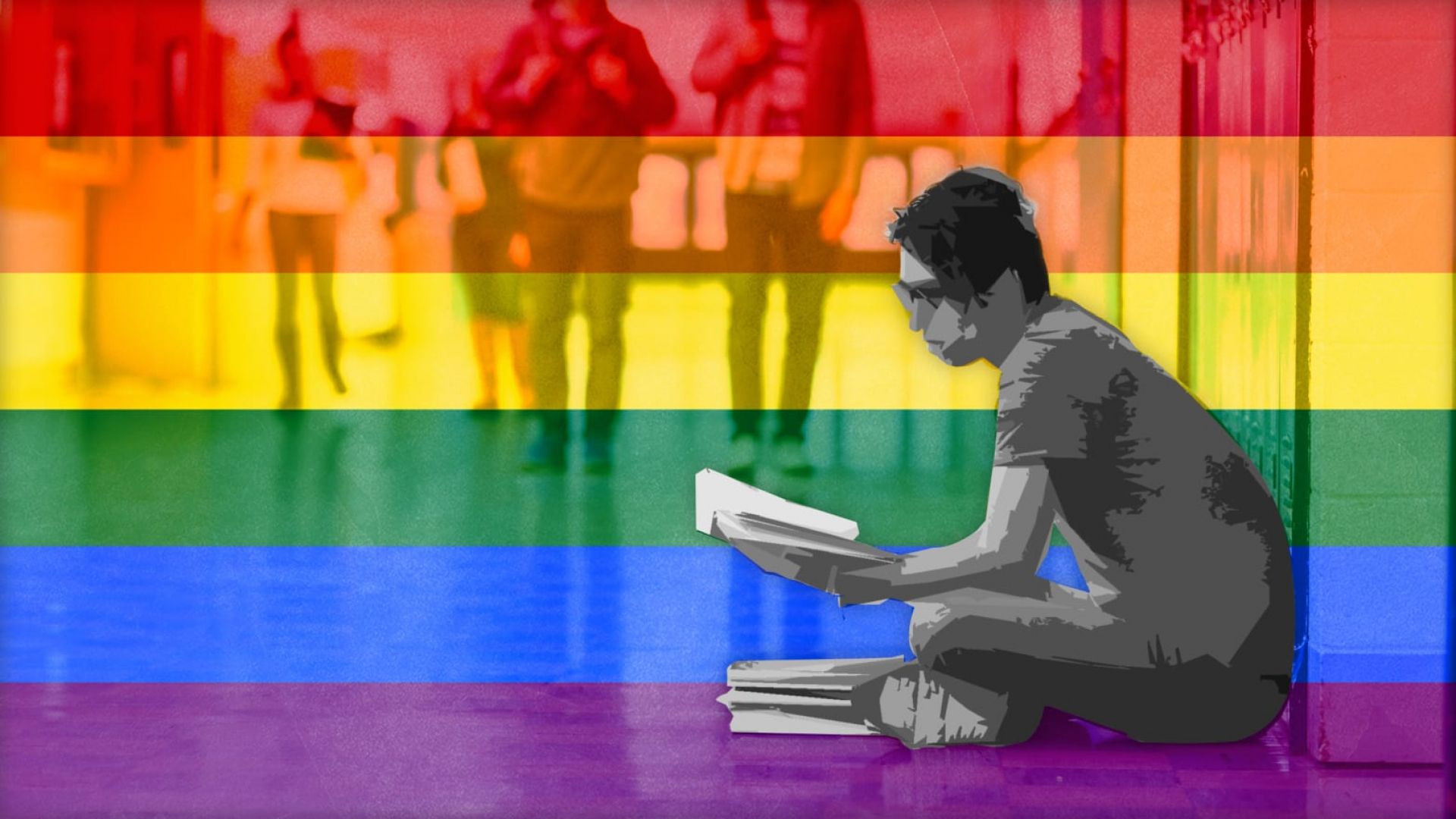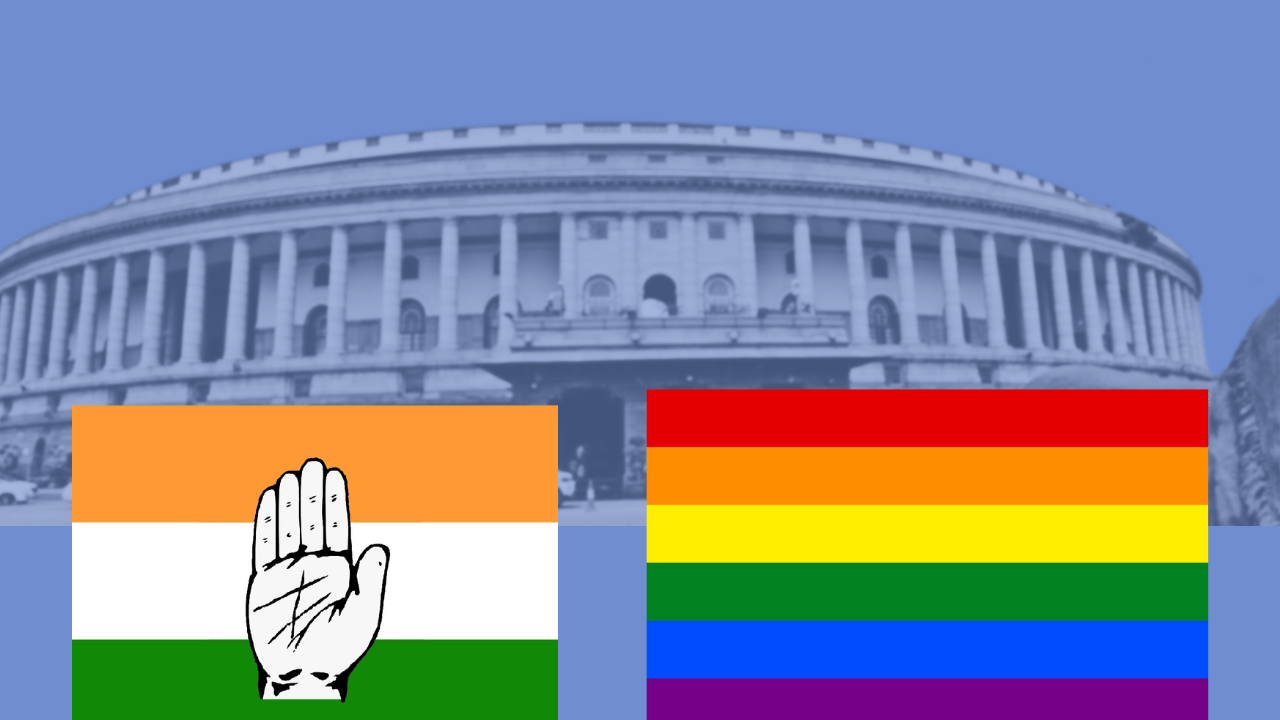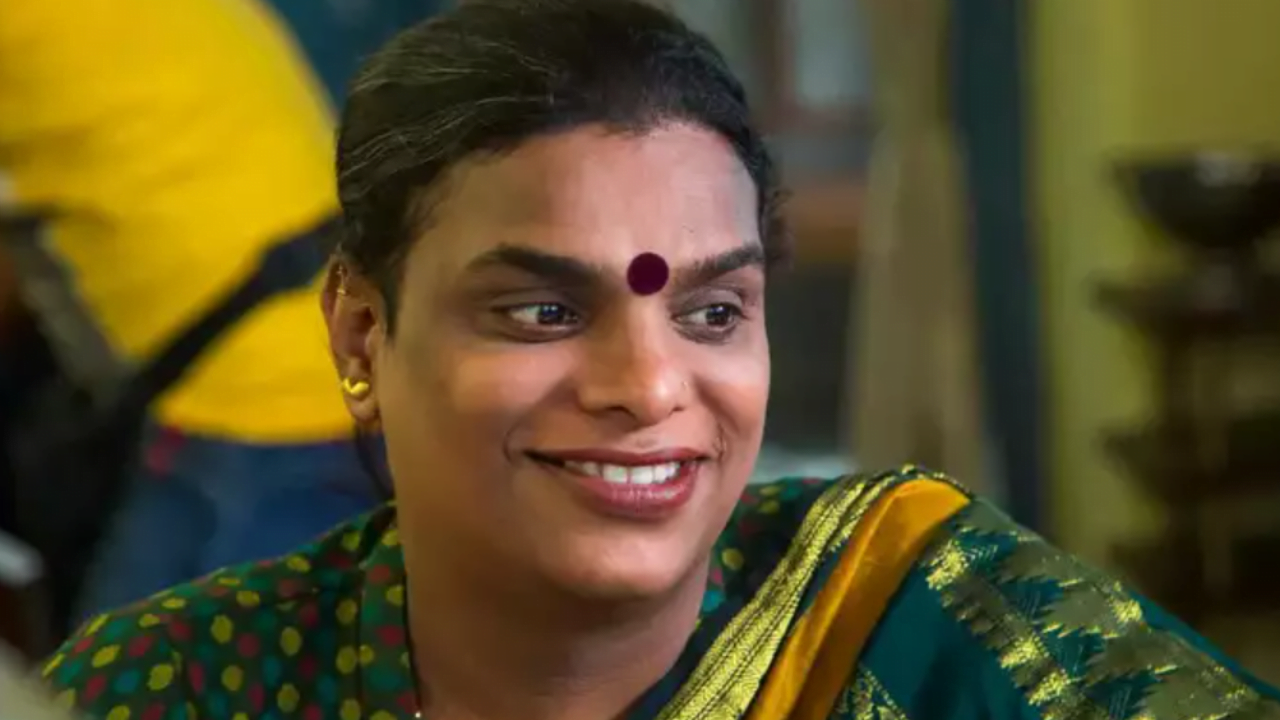“I would never say that the world is harder on me than it is on you. I would never say that. Sometimes, you are invisible. I have no idea what this must feel like, to pass right by your people and not be recognized, to not be seen.”
Ivan Coyote – To All the Beautiful, Kickass, Beautiful and Full-Bodied Femmes Out There
If you are wondering who femmes are in this context, they are feminine looking lesbian women. More simply “femme” is a descriptor for a queer person who presents and acts in a traditionally feminine manner. The term ‘femme’ is used as opposite to ‘butch’. Butch in the lesbian subculture means someone who looks ‘masculine’ or dresses up or acts in a more masculine manner.
It is popularly assumed lesbians look a certain way – short, coloured hair, leather clothes, masculine attire. However, there are lesbian women who do not look masculine or behave in a masculine manner. Within this assumed garb of masculinity, feminine lesbian women are pushed into invisibility. This invisibility is not only outside the queer circles but within. This article will focus on feminine looking lesbian women who face invisibility in the lesbian and gay subculture because of the assumption that they don’t look ‘lesbian’ or ‘queer’ enough.
It is popularly assumed lesbians look a certain way – short, coloured hair, leather clothes, masculine attire.
“You are not a lesbian, we don’t trust you.”
“Lesbians have short hair, you are definitely not a lesbian.”
These were statements I was faced with I went to an LGBTIQ seminar in a state in the Northeast of India. I tried to convince them that I was a queer woman, but they kept arguing that lesbians had short hair and dressed up differently, unlike me. They only believed me after watching a documentary by Sonali Gulati called I Am about queer Indians, in which I had been featured. I tried to rationalise with them, asking them what their partners looked like. They said that their partners looked feminine, to which I replied, asking if they were lesbians. They had no answers.
There have been many such occasions, where my identity has been misread by even queer friends. I have been told that I don’t look “queer enough”, even by progressive queer people.
I have been told that I don’t look “queer enough”, EVEN by progressive queer people.
My very close genderqueer and trans friends tell me that I do “pass” for a “straight woman”. I don’t know what “straight-looking” means, but I know being cis has its privileges. Cisgender or cis is a term which is used to describe people whose gender expression and their assigned gender matches. For instance, if one is assigned female at birth and she identifies as woman in her life, she is a cisgender person.
Gender performativity is a term that was introduced by the queer theorist Judith Butler, who said that gender is a social construction, and gender is created and reinforced in the ways that people “perform” it in compliance with social norms. The way I “perform” my gender identity is linked to my ‘status’ in the society. If I perform the way society expects me to perform, then I can easily access benefits from the society.
I feel that in the queer movement there is a lot of discussion on the privileges of being cis but not the issues that come with ‘looking straight’.
For instance, I can almost comfortably travel across in the city and elsewhere too without fearing that my gender will be scrutinized. I have my legal gender markers and therefore, I am not scared about having to prove my gender to the society. But I feel that in the queer movement there is a lot of discussion on the privileges of being cis but not the issues that come with ‘looking straight’.
More often than not, constantly being mistaken for straight bothers me a lot. It shoves me into closet again, unwillingly. It also means that my coming out happens over and over again. There was a time, when I used to wear badges that said, “I am the rainbow sheep of the family”, “I like girls”, “Dip me in honey and throw me to lesbians”. Later on, I stopped doing it. Whenever people ask me about my family or if I am married in any political space, I just mention that I am queer.
Outside the queer community, various things tend to happen when you are femme. People tend to think you are going through a “phase”, but will eventually get married (to a man, of course!).
Within the queer community, people tend to think that your heterosexual privilege is way too much and therefore you can live a life of invisibility. Sometimes, this invisibility does give us an edge over others. We don’t have to tell about our sexual preferences in work spaces or in social gatherings.
But invisibility in itself is not privilege. In the women’s movement we have always used the phrase, ”silence is violence”. Similarly, invisibility is also a violence. Invisibility means having to tell about your orientation again and again to your co-workers, to your peers, to your doctors, to everyone around.
Invisibility is not a privilege.
Nazariya is a queer feminist resource group working with LBT people that I am a part of. We work with a small working-class community in Delhi. There are around 20 people in the group, most of them trans men and their partners. For 2 years now, we have been struggling to get lesbian and bisexual women as members of the group. Our field coordinator, who is a trans man himself, tells us that it is difficult to find lesbian and bisexual women because they don’t look overtly queer, and we don’t know who to ask. For trans men, there are visible gender markers and therefore, he can easily locate them.
Femme invisibility is a long time struggle for the LGBT community. It is a problem that is faced by feminine lesbian women, bisexual and questioning women. In the LGBTIQ community, gender expression and sexual orientation is conflated on many occasions. It is assumed that if you are a gay man, your gender expression will always be feminine. Therefore, many cis men who are ‘feminine’ are tagged as ‘gay’ by the larger society. Similarly, for lesbian women too, it is expected that they would be masculine. This assumption is dangerous and therefore, one of the reasons behind invisibilisation of femme lesbian women.
my feminine presentation OR FEMININITY should not determine my sexuality.
To assume that all queer women will look a certain way erases a lot of lived realties of women whose gender expression matches with the sex they were assigned at birth. There are women who might “look straight” (god knows what that means), wear lipstick, wear heels and dress in feminine ways. This assumption is also linked to the idea that to be able to access sexuality and sex, one needs to don masculine traits and expressions. It is important to understand that my femininity or my feminine presentation should not determine my sexuality. These conversations need to happen within the community so that femme lesbian women are not sidelined in the LGBTIQ movement.




